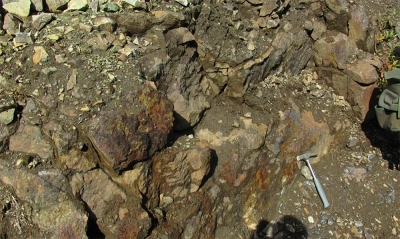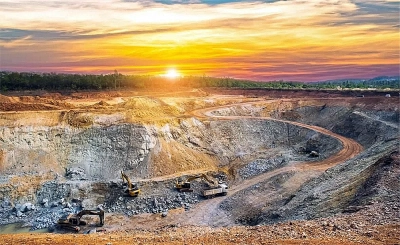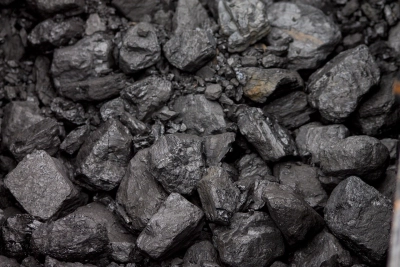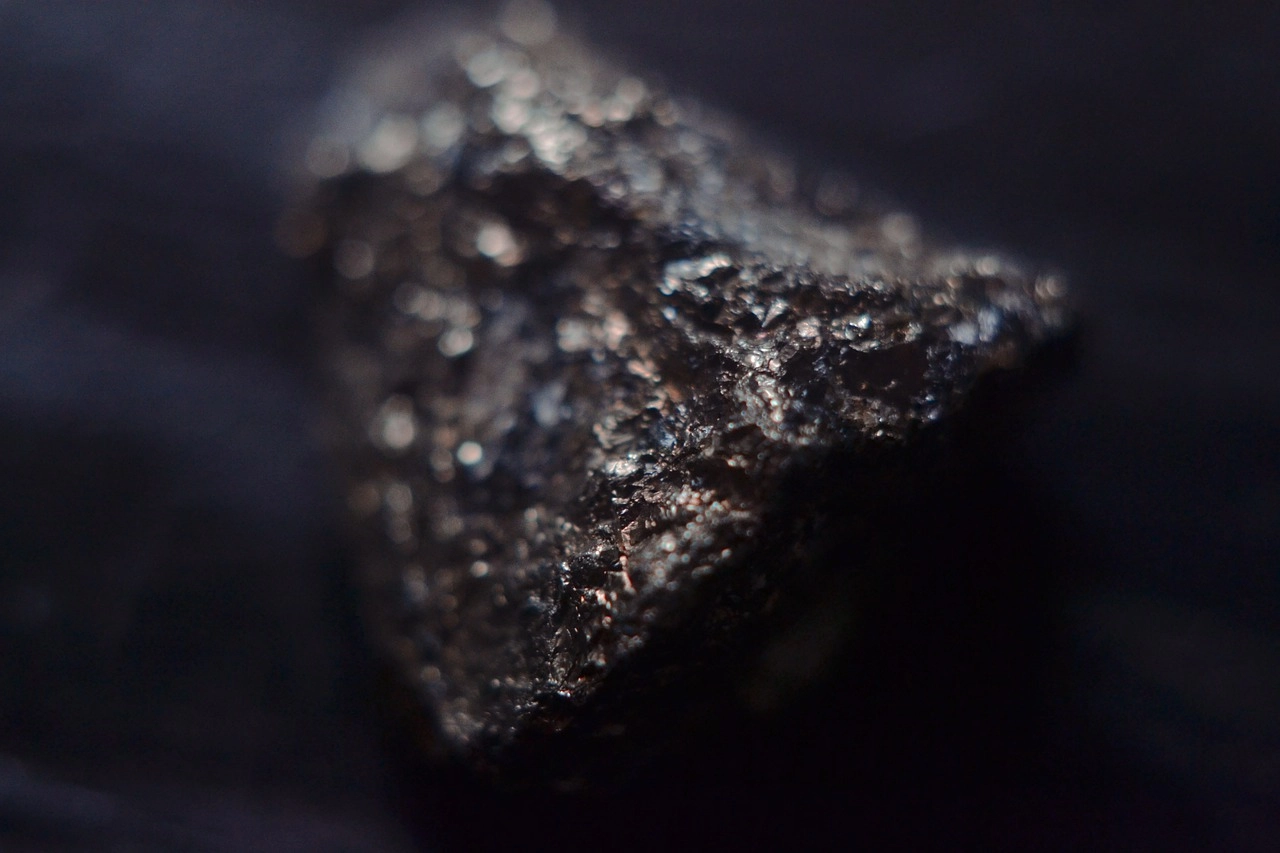Iron ore deposits in Krasnoyarsk Krai, Russia

Description
Iron ore deposits in the Kuraginsky district of Krasnoyarsk Krai, Russia, are selling as a single lot. A license has been obtained for geological exploration of the subsoil, including prospecting and evaluation of mineral deposits. The deposits are located in the Eastern Sayan region.
Novy Rudny deposit:
In 1975, the balance reserves of iron ore at the Rudny Kaskad deposit were 55.6 thousand tons with an average iron content of 47.3%. Magnetic exploration work revealed two magnetic anomalies, the prospects of which are estimated at 53 million tons.
Consists of three areas that make up an ore-bearing strip 5 km long and 1 km wide. At the deposit 18 primary ore bodies and 6 boulder ore deposits have been identified. The ore bodies are represented by closely spaced lens-shaped, nest-shaped and sheet-shaped deposits of varying extent from steep (650-800) to gentle (300-450) dip.
All ore bodies are composed essentially of magnetite ores with massive and vein-disseminated textures. The iron content in the primary ores ranges from 20 to 68%, with an average of 46.8%. The sulfur content is within the range of 0.05-.032%. More than 29% of the primary ore reserves are open-hearth ores with an average iron content of 58%, sulfur 0.02%, silica 10.1% and phosphorus pentoxide 0.12%.
The remaining ores require enrichment by grinding to 0.1 mm and wet magnetic separation. This produces a concentrate with an iron content of 63.6-66%, with a concentrate yield of 49.5-63% and iron extraction into concentrate of 87-90%. Boulder ore deposits are composed of fragments, boulders and crushed rock of martitized magnetite, ore skarns and host rocks cemented by loams. The average iron content in the rock mass is 27.6%, sulfur 0.01%. The yield of the ore fraction from the rock mass is from 18.9 to 33.9%. After enrichment (washing, crushing and magnetic separation of class minus 12 mm), 84% of the boulder ores are suitable for open-hearth production.
Odinochnoye deposit:
The lenticular body lies in the exocontact part of the Kanzybin intrusion. The strike of the body is almost meridional, the dip is steep to the west at an angle of 75-850. The ore body is characterized by the presence of constrictions and bulges. The body is traced along the strike for 1400 m, along the dip for 560 m, the average thickness is 8.3 m.
The average iron content for the deposit as a whole is 44.7%, sulfur 0.46%. Open-hearth ores make up 24% of the total reserves of the deposit with average iron content of 60.12% and sulfur content of 0.058%.
From ores requiring enrichment, with final grinding to 0.1 mm and magnetic separation, a concentrate is obtained with an iron content of 64.7-67.7% with an output of 50.2-52.1% with iron extraction of 80.2-82.6%.
Mulginskoye deposit:
The deposit is represented by a series of closely spaced echelon-like ore lenses or sheet-like deposits, conformably occurring with the host rocks. The length of the ore-bearing zone is 1,300 m.
In the Central area, 7 magnetite lenses were identified from the surface, and 10 at a depth. The eastern area is represented by 6 ore lenses. The length of the lenses along the strike varies from 80 to 650 m, along the dip up to 600 m. The lenses are fed to the north at an angle of 45-800.
The average iron content in the ores is 37.5%, sulfur 1.5%. The ores are enriched magnetite skarns. According to the results of technological studies, during the enrichment of the ores, a concentrate was obtained with an iron content of 61-68% with an output of 39.1-43% and an extraction of 78.7-80%. The reserves of the deposit were estimated at 15.3 million tons, while an additional 8.1 million tons of reserves were classified as off-balance with an iron content of 31.7% and sulfur 0.89%. Reserves below the horizon +50 m are also estimated as off-balance.
The information in the catalog is not an exact offer. The parameters of the deal are specified during negotiations with the seller.





 REAB Services
REAB Services

 New artıcles
New artıcles
 News
News
 Useful tip
Useful tip




